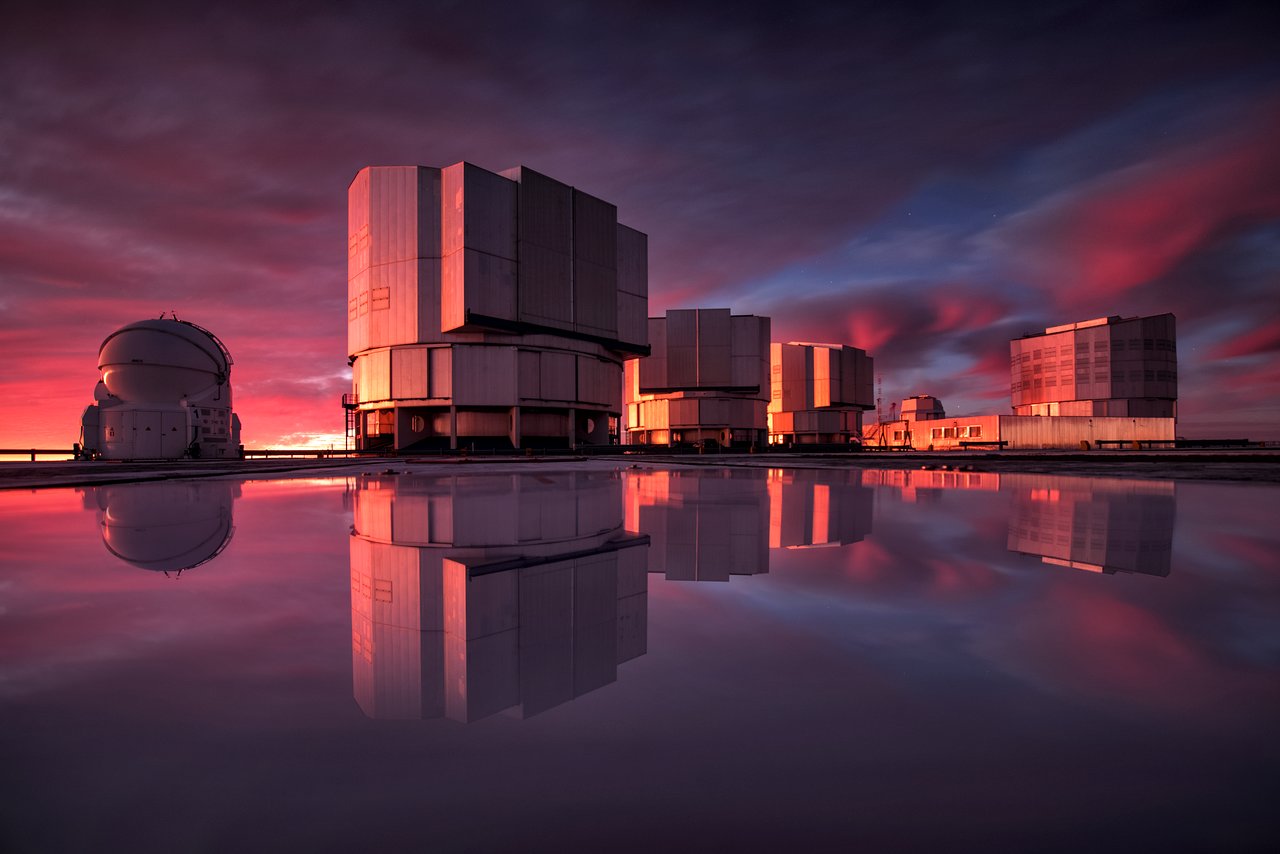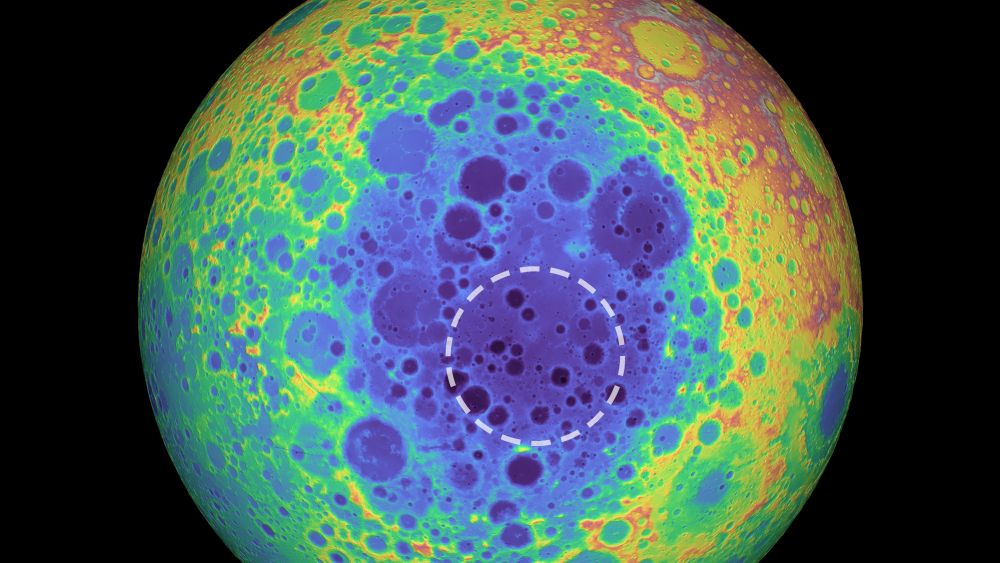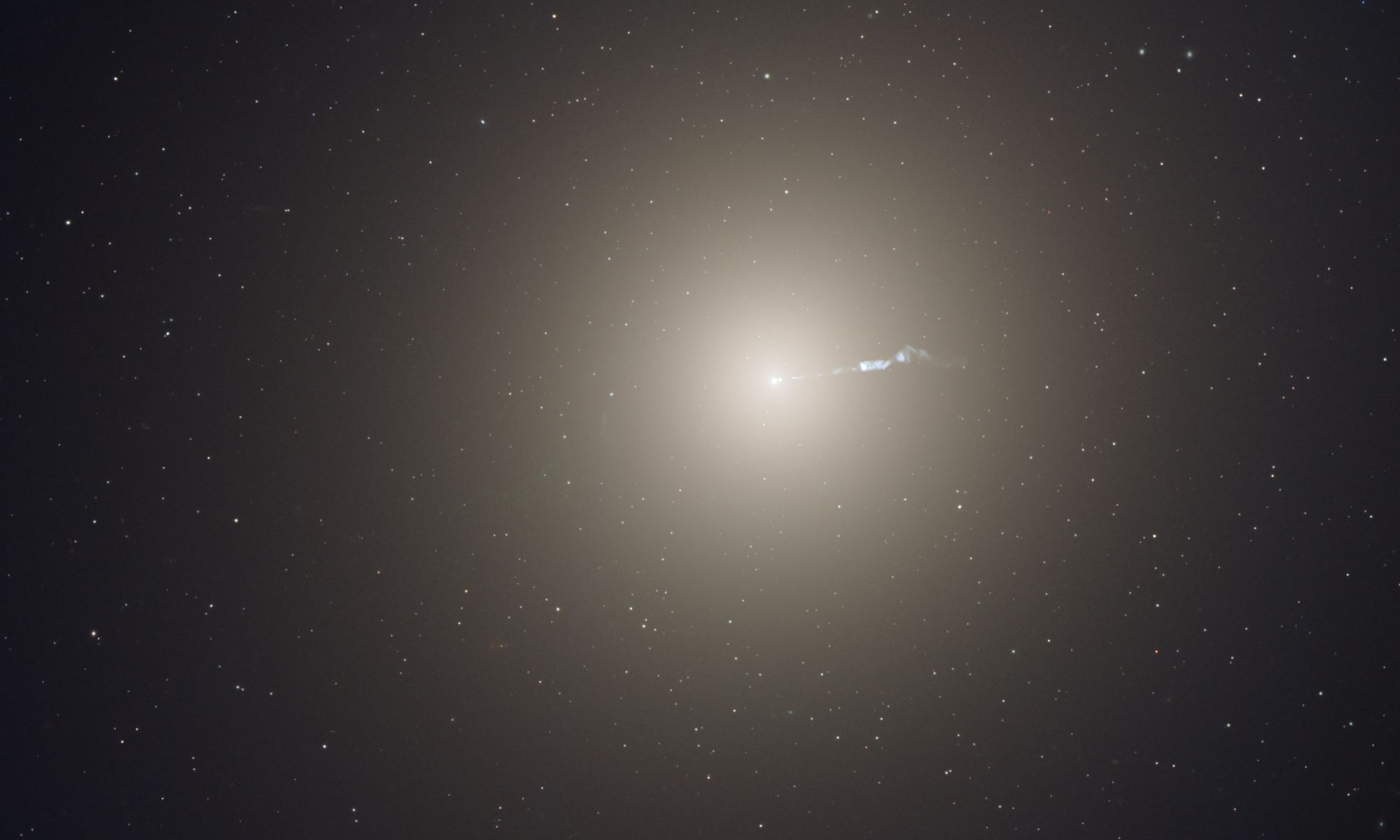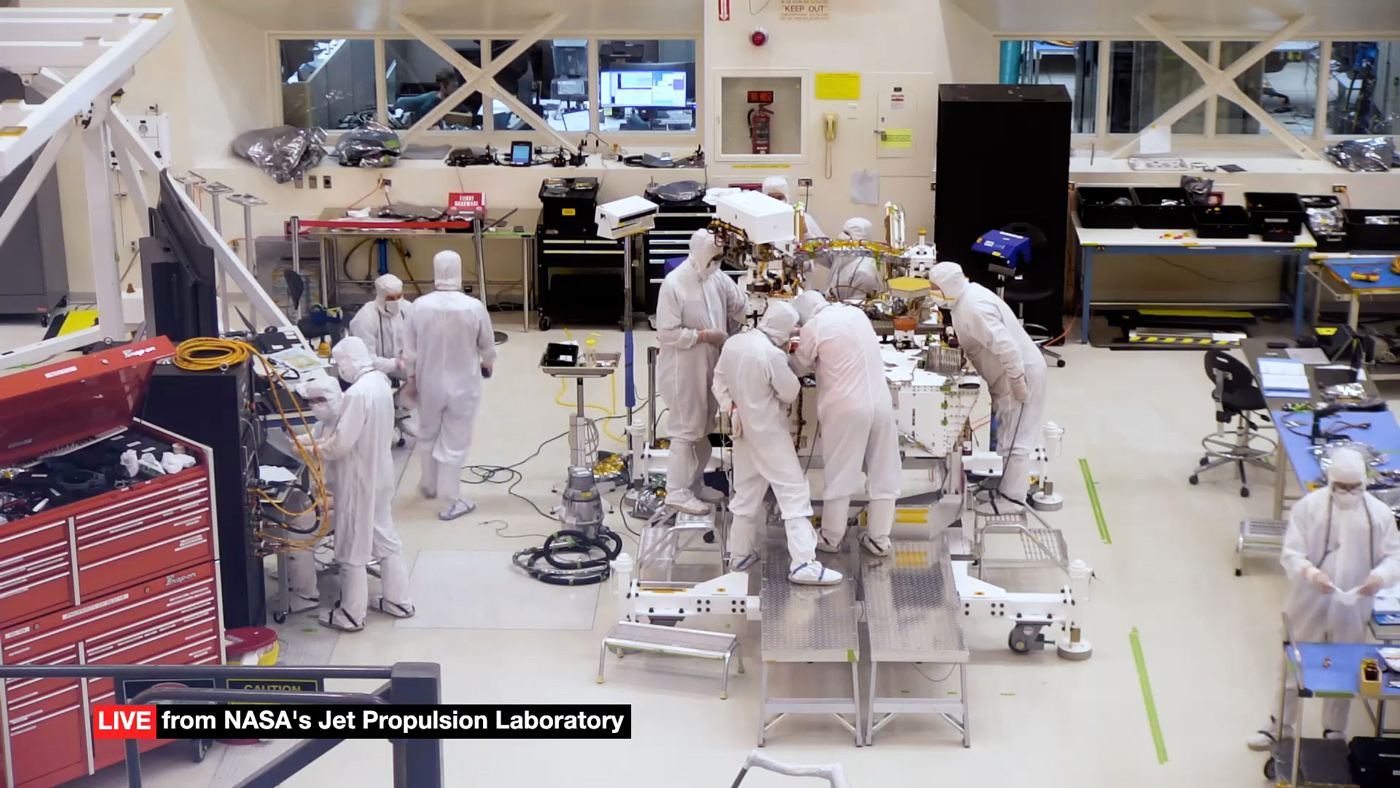Alpha Centauri is the closest star system to us, at 4.37 light-years (about 25 trillion miles) away. In 2016, astronomers discovered an exoplanet orbiting one of the three stars in the Alpha Centauri system. Spurred on by that discovery, the European Southern Observatory (ESO) has developed a new instrument to find any other planets that might be in the Alpha Centauri system, and it’s busy looking right now.
Continue reading “New Instrument is Searching for Planets Around Alpha Centauri”New Instrument is Searching for Planets Around Alpha Centauri









